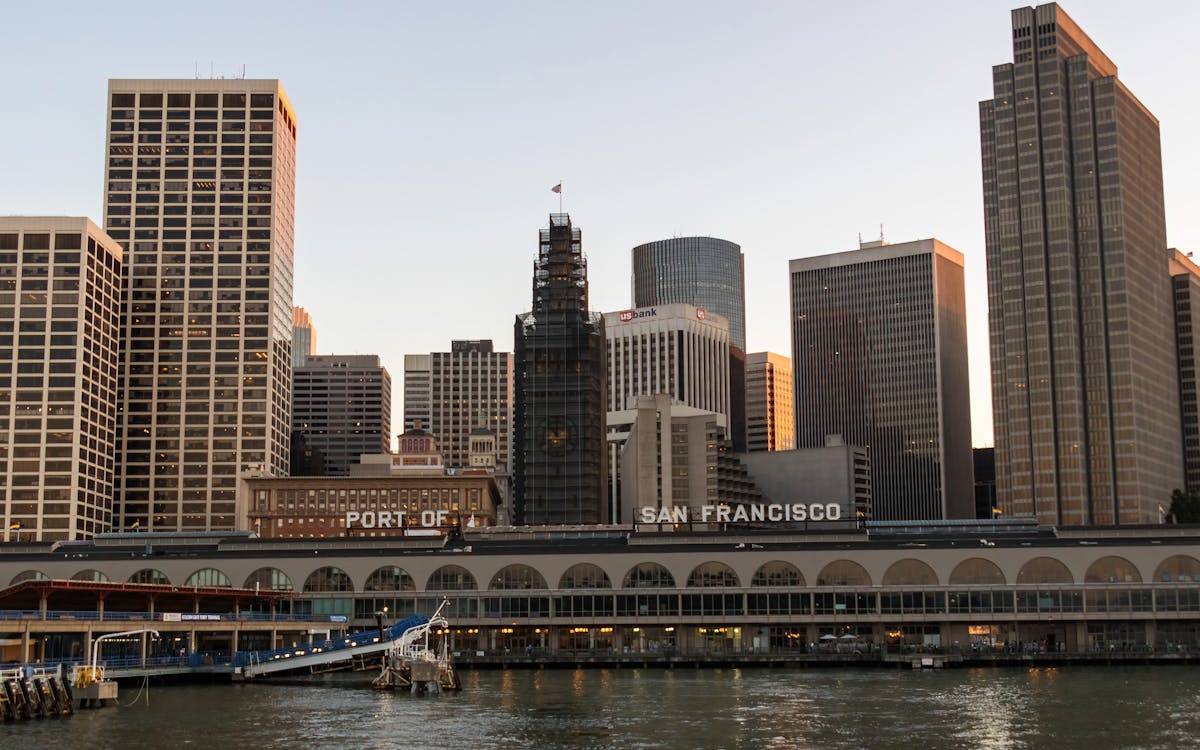A Shared Vision for a Restored Bay
A Shared Vision for a Restored Bay
Blog Article

Why Restoration Matters More Than Ever in the Bay Area
Over the last few decades, the San Francisco Bay has weathered the effect of metropolitan growth, industrial development, and climate adjustment. As soon as including wildlife and lush marshes, most of the bay's all-natural ecological communities have actually been fragmented or broken down. Yet amidst these challenges, something remarkable is taking place: regional citizens, volunteers, and grassroots initiatives are leading a wave of ecological repair that's bringing new life back to the Bay.
Restoration isn't nearly planting trees or tidying up trash, though those initiatives are very important. It's about restoring the foundations of life, from marsh yards that support fish baby rooms to shoreline barriers that guard against flooding. And in this region, the power of area involvement is transforming the tide extremely realistically.
From Marshland to Miracle: The Return of Native Habitats
Among the most noticeable changes occurring in the Bay Area is the re-emergence of indigenous habitats. Wetlands that were as soon as drained or paved over are being rehydrated and replanted. Lawns and shrubs native to the area are being grown by community groups, that frequently count on neighborhood volunteers to help grow plants and take care of regulated planting events.
These native plants do more than add plant to the landscape. They use haven to migratory birds, pollinators, and small mammals, creating pockets of biodiversity amidst hectic metropolitan areas. As these environments increase, so does the eco-friendly wellness of the Bay itself. When neighborhood residents take time out of their weekend breaks to obtain their hands in the dirt, they're not simply growing-- they're joining the reconstruction of a living, breathing ecosystem.
The Role of Education in Fostering Environmental Stewards
Education plays an important part in why these community-led efforts are working so well. Schools, area facilities, and not-for-profit groups are organizing hands-on knowing experiences where participants of all ages can understand the scientific research and importance of reconstruction. These programs often bring individuals one-on-one with problems like erosion, air pollution, and water level increase-- subjects that can really feel abstract until they're seen up close.
When someone sees the fragile balance of a tidewater or discovers how a solitary plant species can filter contaminants from the water, the value of that knowledge comes to be personal. And with that said understanding comes the motivation to act. Recovering environments becomes much less of a chore and even more of a mission. This deep link to neighborhood areas is what establishes the Bay Area apart and fuels the long-term success of these initiatives.
Utilizing the Digital World to Drive Real-World Change
Surprisingly, the push to heal the Bay's communities isn't happening in isolation from the electronic world. Innovation is coming to be a powerful tool in rallying assistance, spreading out awareness, and linking areas. Whether via citizen science applications that track indigenous species or neighborhood online forums arranging reconstruction events, the online area is enhancing boots-on-the-ground activity.
Over the last few years, also neighborhood outreach strategies have developed. For instance, a social media marketing agency in the Bay Area might sustain ecological campaigns by helping volunteers amplify their impact, inform their stories, and inspire others to get included. These digital touchpoints have the power to turn a tiny weekend cleanup right into a regional movement merely by allowing people recognize it's occurring-- and that it matters.
Email Campaigns That Inspire and Inform Local Change-Makers
An additional digital strategy making a substantial difference is e-mail interaction. Updates about reconstruction events, seasonal check here growing efforts, and contribution drives are commonly shared through meticulously crafted newsletters that strike an equilibrium between being informative and motivating. It's not unusual for a well-timed campaign from an email marketing agency in San Francisco to bring a thrill of volunteers or donations to a job in need.
These e-mail projects aren't just transactional-- they're transformative. By informing customers regarding the direct impact their involvement has, they nurture long-term interaction. Visitors involve feel like stakeholders in the health of their region, and that emotional connection equates to lasting dedication.
The Unseen Work of Connecting Data, Communities, and Nature
Behind every effective reconstruction project lies a complex web of coordination. There's research to comprehend what habitats need most, neighborhood comments to shape inclusive plans, and follow-up monitoring to ensure success. This kind of ongoing initiative often requires not simply heart, yet information, method, and communication.
That's where the support of a digital marketing company in the Bay Area can make a silent however important difference. By aiding companies build solid digital systems, gather understandings, and fine-tune their messaging, these groups allow community teams to scale their impact. The outcome is a more linked and efficient activity, where every action counts, and everyone feels like they're component of something larger.
The Power of People in Preserving the Bay's Future
If there's something the Bay Area has actually shown, it's that restoration doesn't need to start with huge establishments or large budgets. It can begin with one next-door neighbor pulling weeds from a path, one pupil planting a native seedling, or one family members showing up to a shoreline cleaning. These small actions accumulate, specifically when they're supported by wise methods and shown to the broader neighborhood.
There's something distinctly enthusiastic about seeing the tides turn-- both figuratively and actually-- for nature. The Bay is much from totally restored, but it's being revived each day with the determination and treatment of those that call this place home. With each marsh rebuilt and each native types secured, we're not simply recovering ecological communities-- we're imagining what's possible when communities lead with purpose.
Maintain following this blog site for even more stories on regional modification, neighborhood impact, and the ways you can be part of protecting the natural beauty that borders us.
Report this page